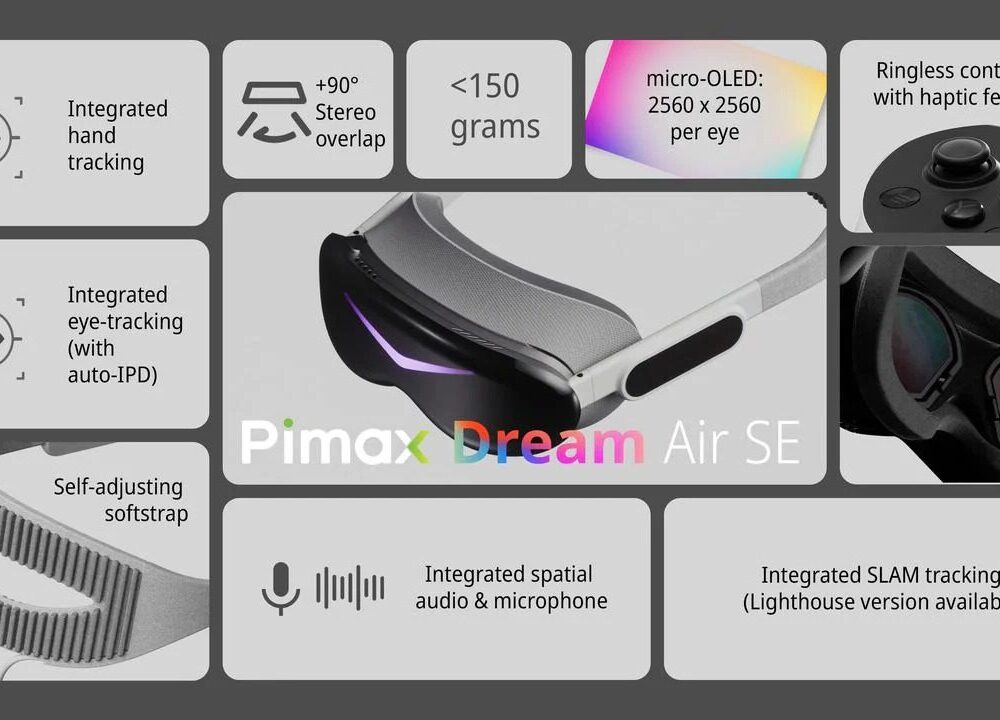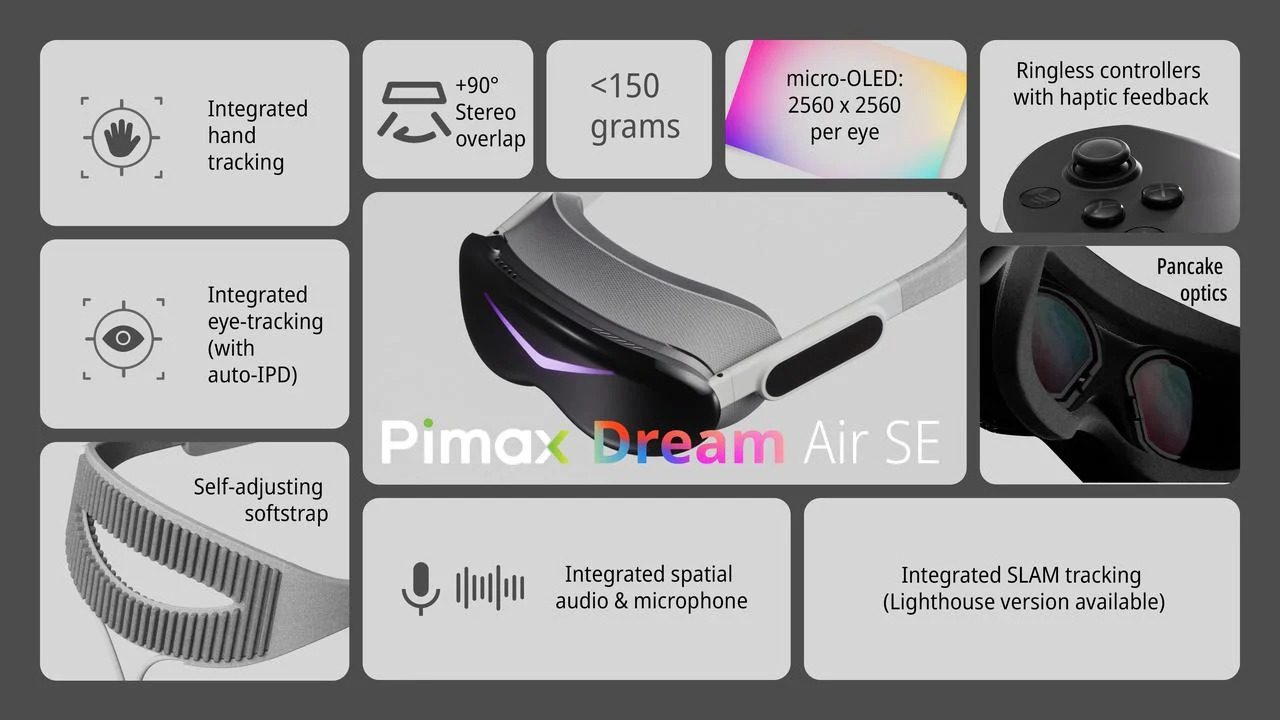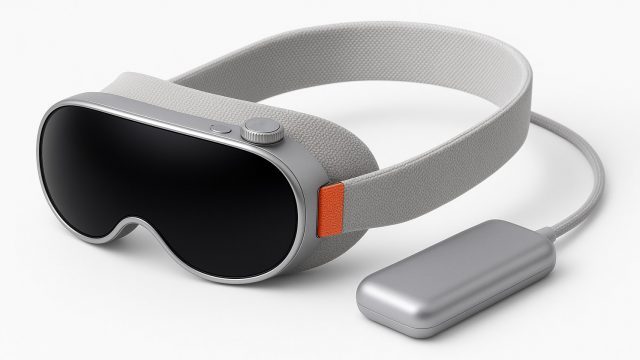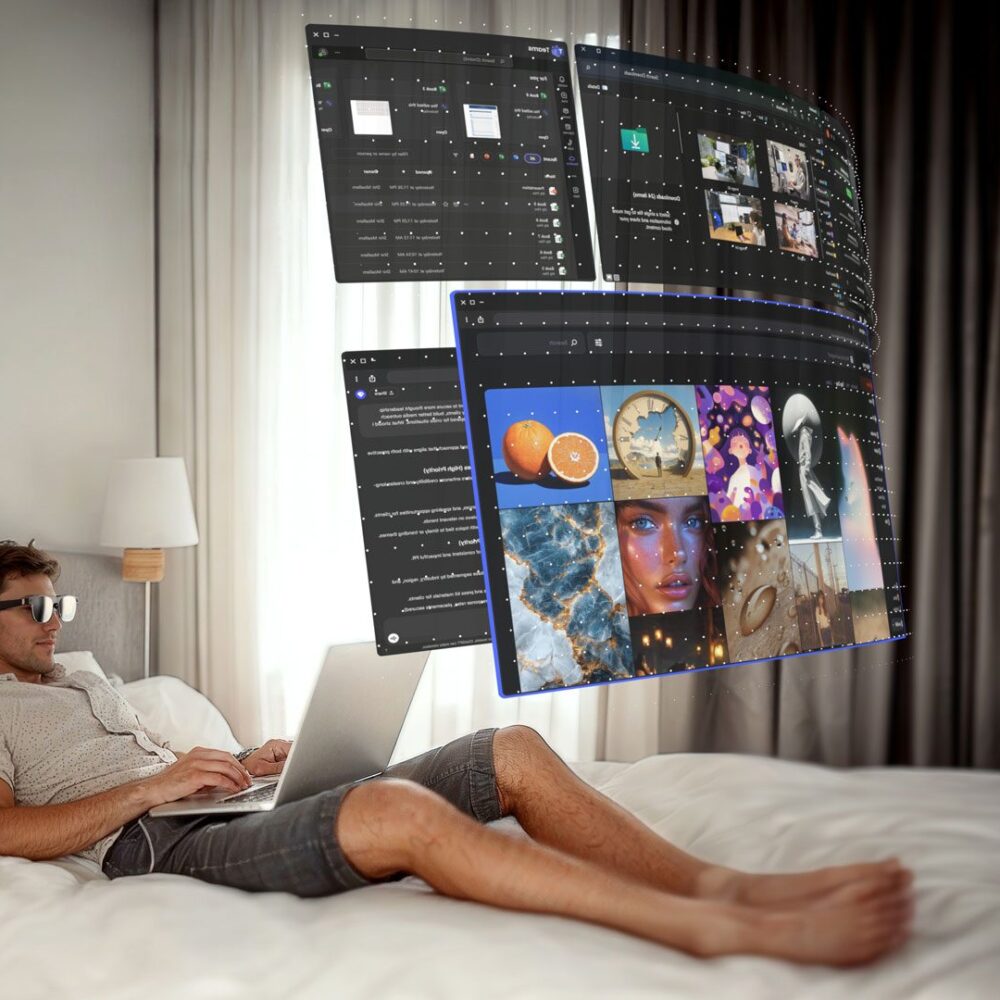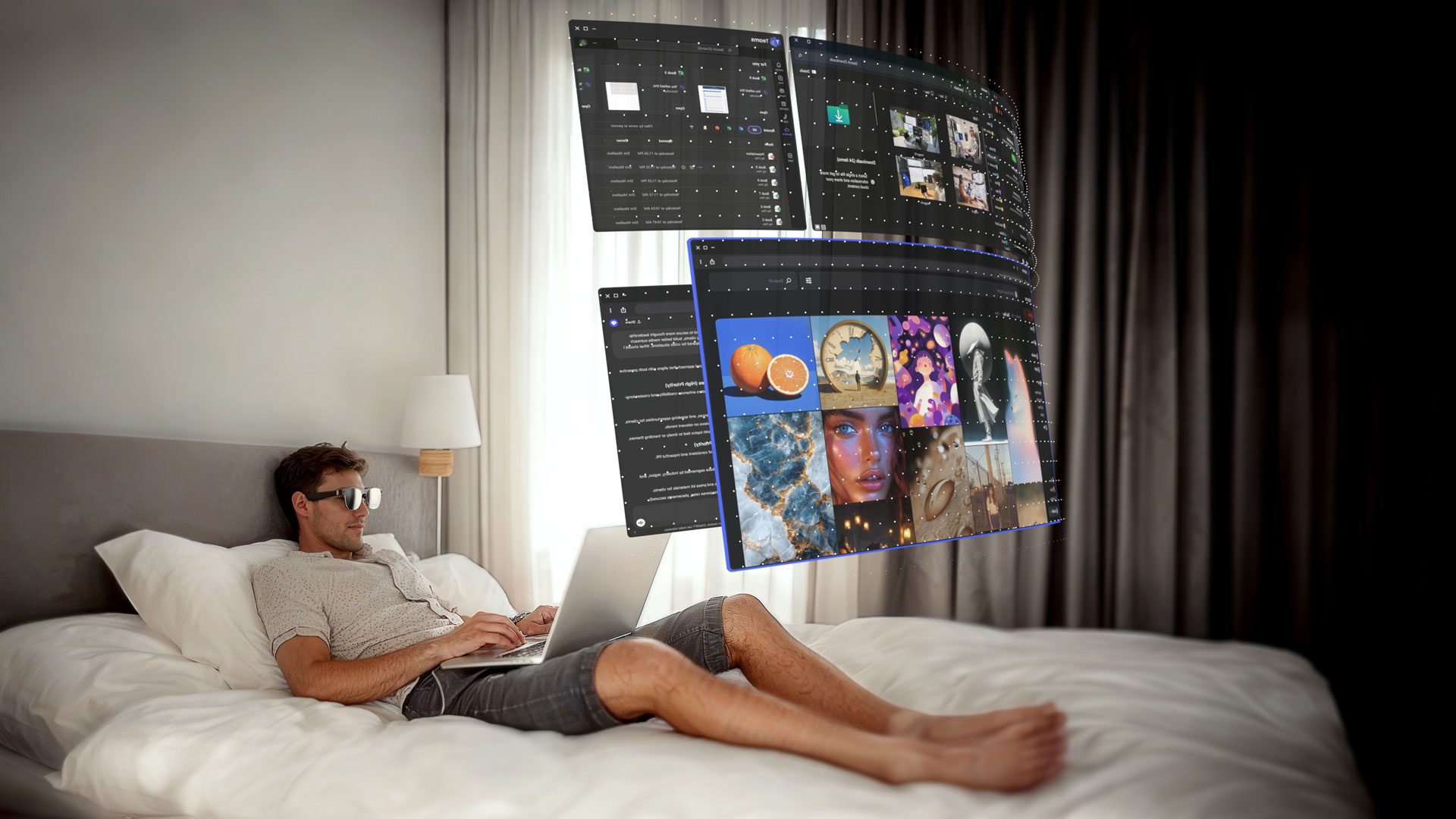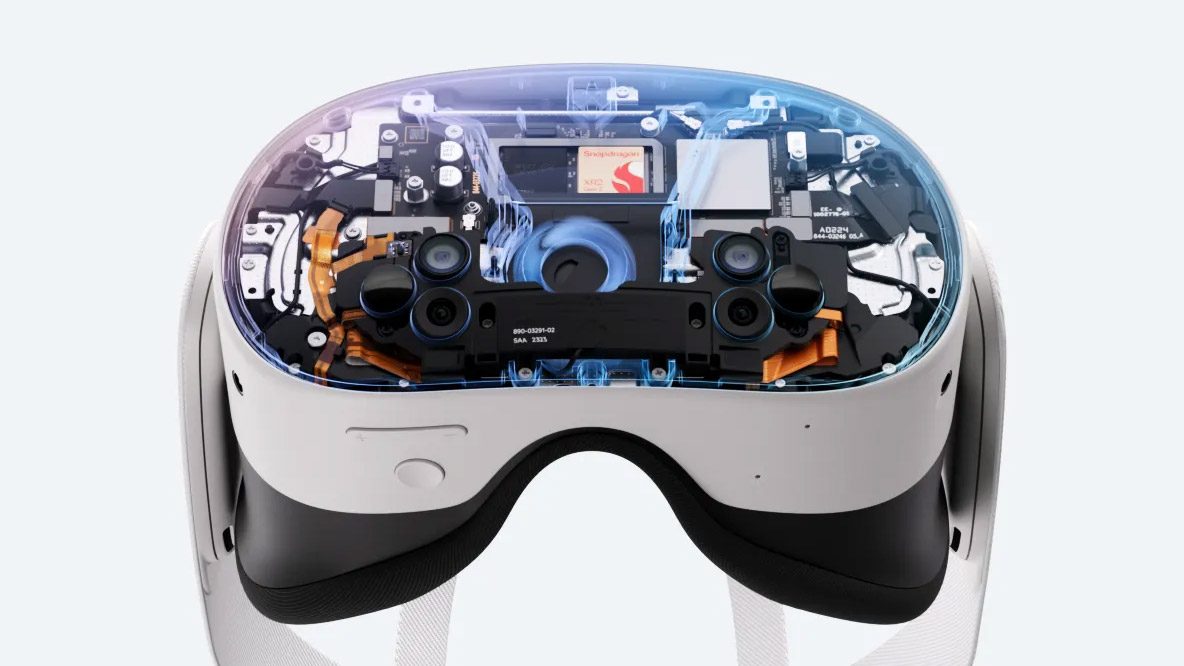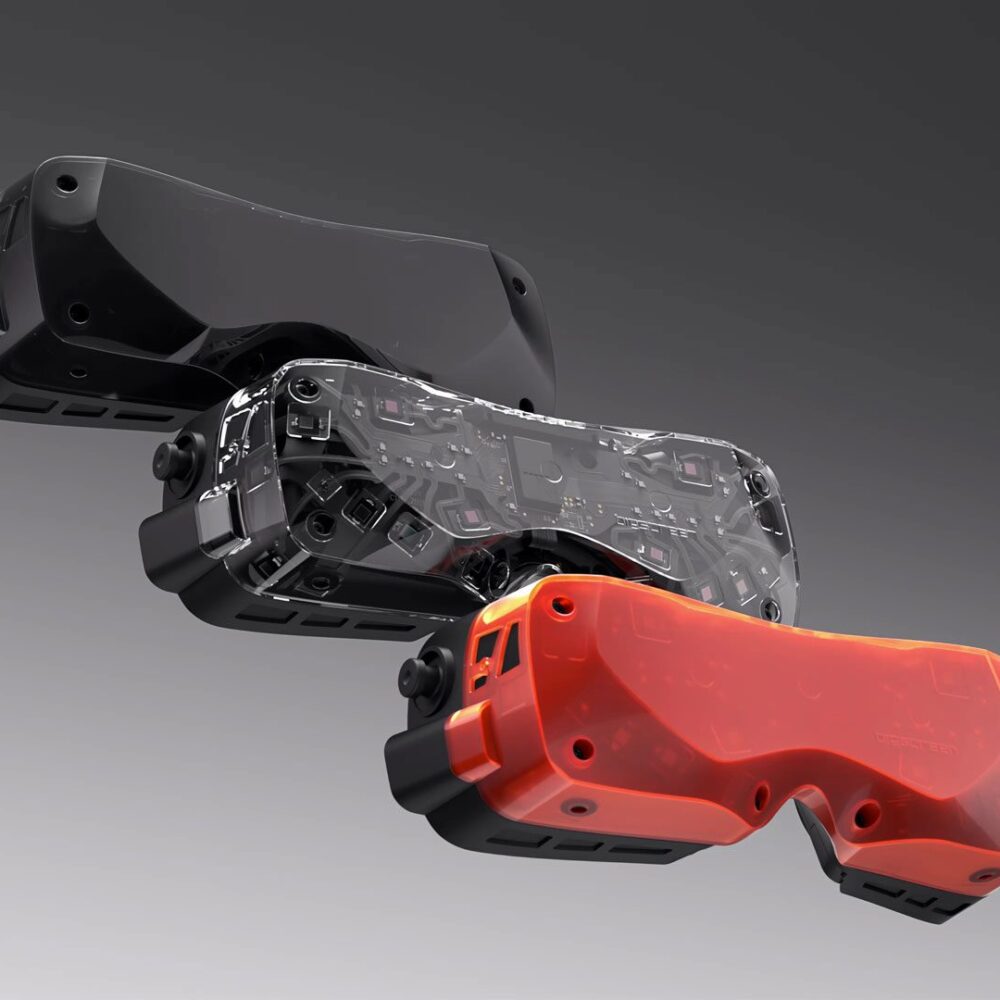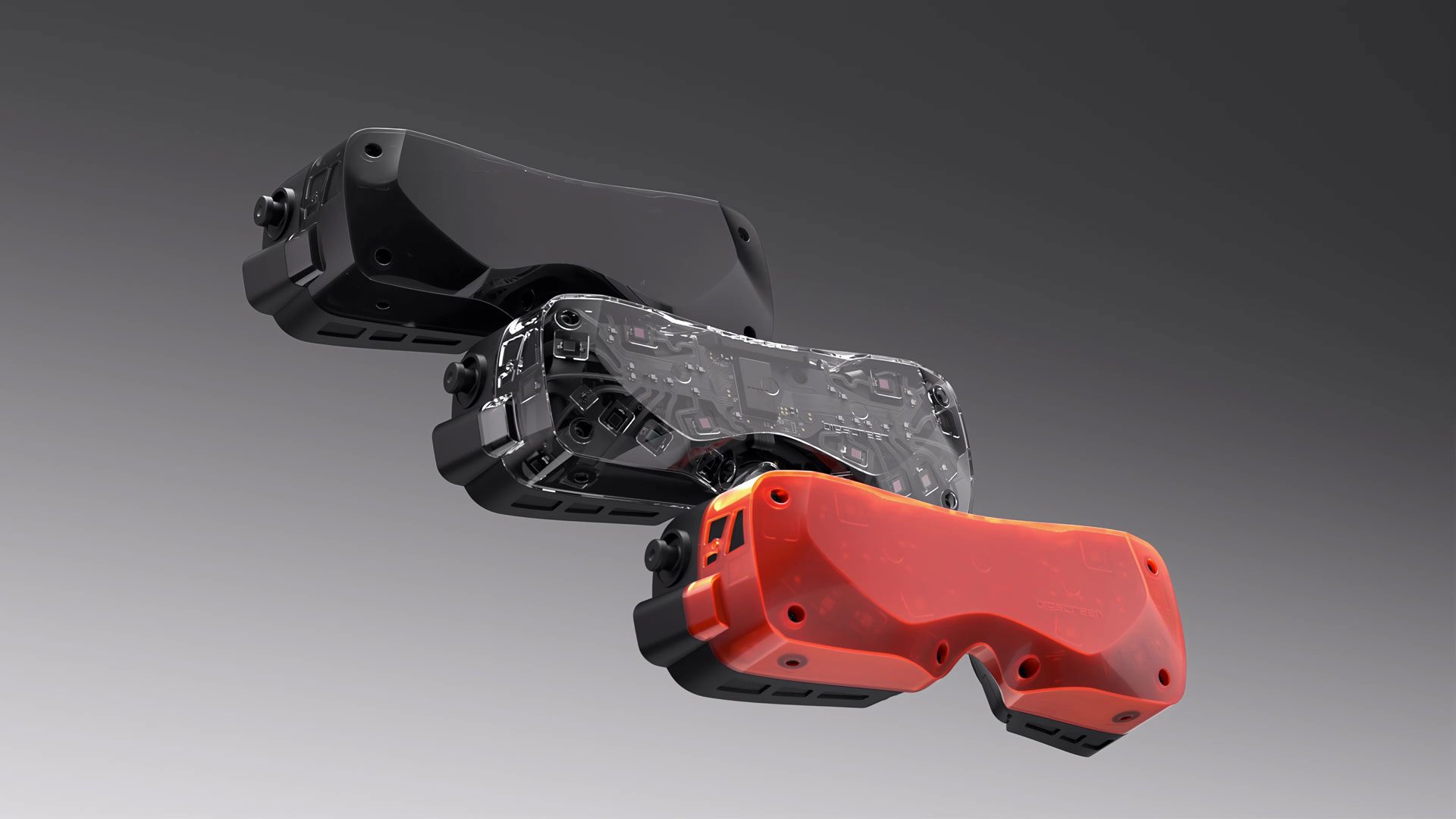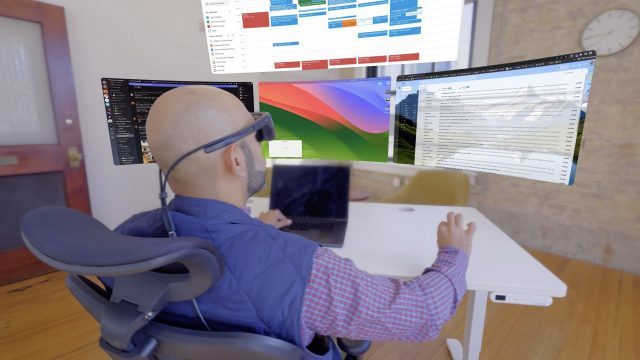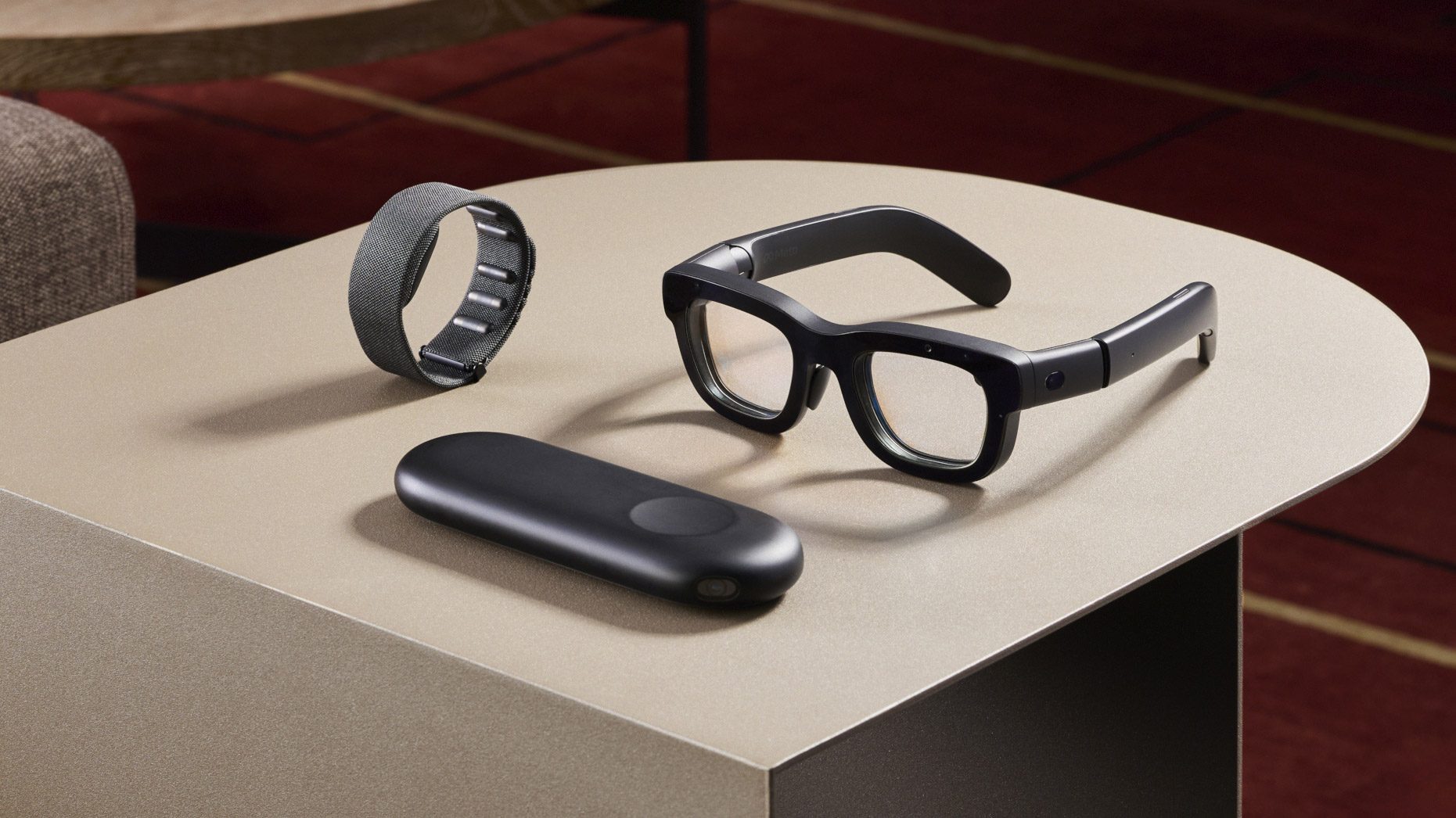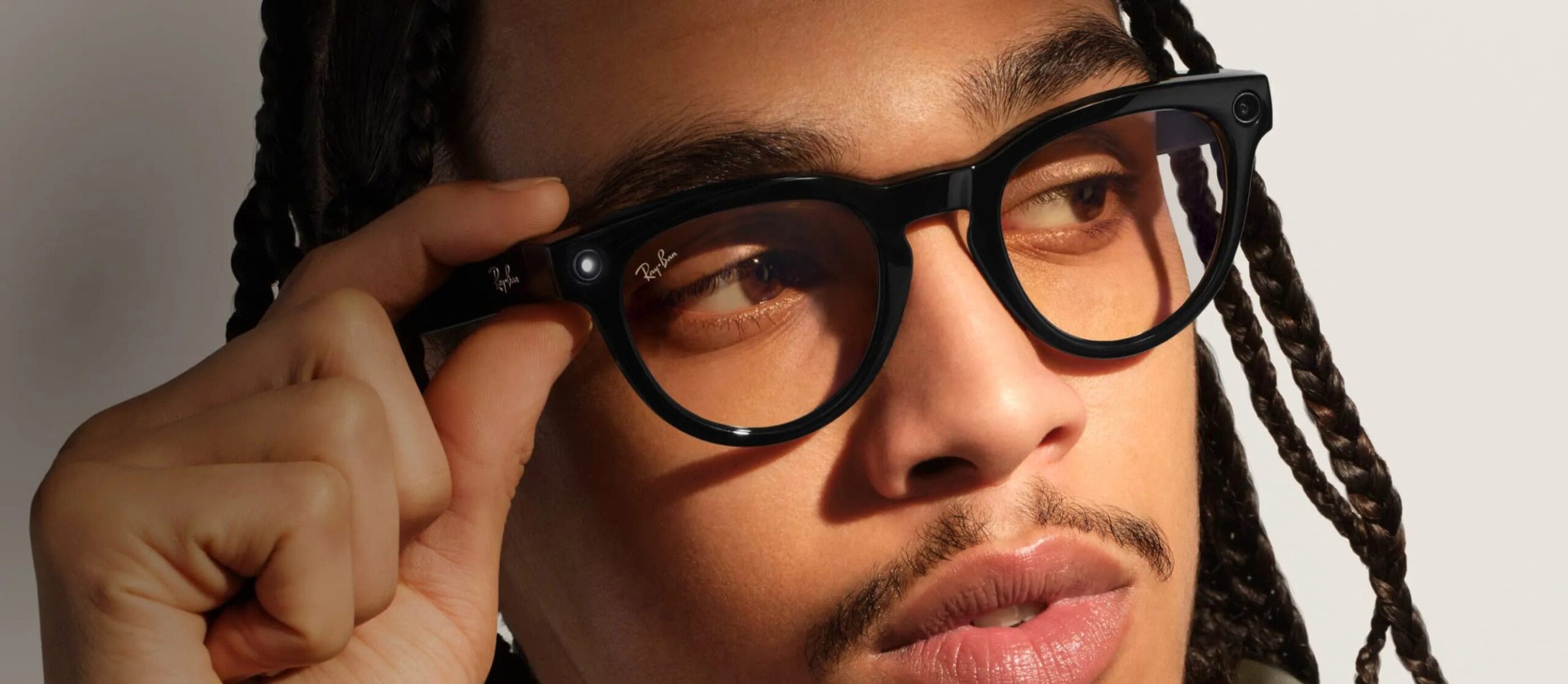
Apple is reportedly developing a new chip for an upcoming pair of smart glasses which is aiming to compete with Ray-Ban Meta Glasses, according to a recent Bloomberg report from Mark Gurman.
Apple’s smart glasses chip is reportedly based on the low-energy processors used in Apple Watches, which are being optimized for power efficiency and the ability to control multiple cameras.
The report maintains production of the chip is expected to start by late 2026 or 2027, positioning the device for a market launch within the next two years. Apple’s long-time chips partner Taiwan Semiconductor Manufacturing Co. is expected to handle production.
“Apple is currently exploring non-AR [smart] glasses that use cameras to scan the surrounding environment and rely on AI to assist users,” Gurman says. “That would make the device similar to the Meta product, though Apple is still figuring out the exact approach it wants to take. The iPhone maker also needs its own artificial intelligence technology to vastly improve before the company can roll out a compelling AI-centric device.”
As for Apple’s continued augmented reality efforts, Bloomberg reported in April that Apple CEO Tim Cook “cares about nothing else” than beating Meta to market with a pair of AR glasses, representing a multi-year challenge that goes far beyond creating a pair of smart glasses.
In short, smart glasses like Meta Ray-Ban Glasses can play audio, take pictures, make phone calls, and access a voice assistant. The latest version of the device, released in 2023, has been so successful though, Meta is reportedly set to release the next generation of the device to include a single heads-up display.
Meanwhile, the sort of all-day AR glasses companies like Apple, Google and Meta are hoping to build go several steps further. AR glasses overlay digital content onto the real-world, blending virtual objects or information with the physical environment through transparent displays, requiring more advanced sensors, displays, optics, processors, batteries, and cooling management to achieve.

